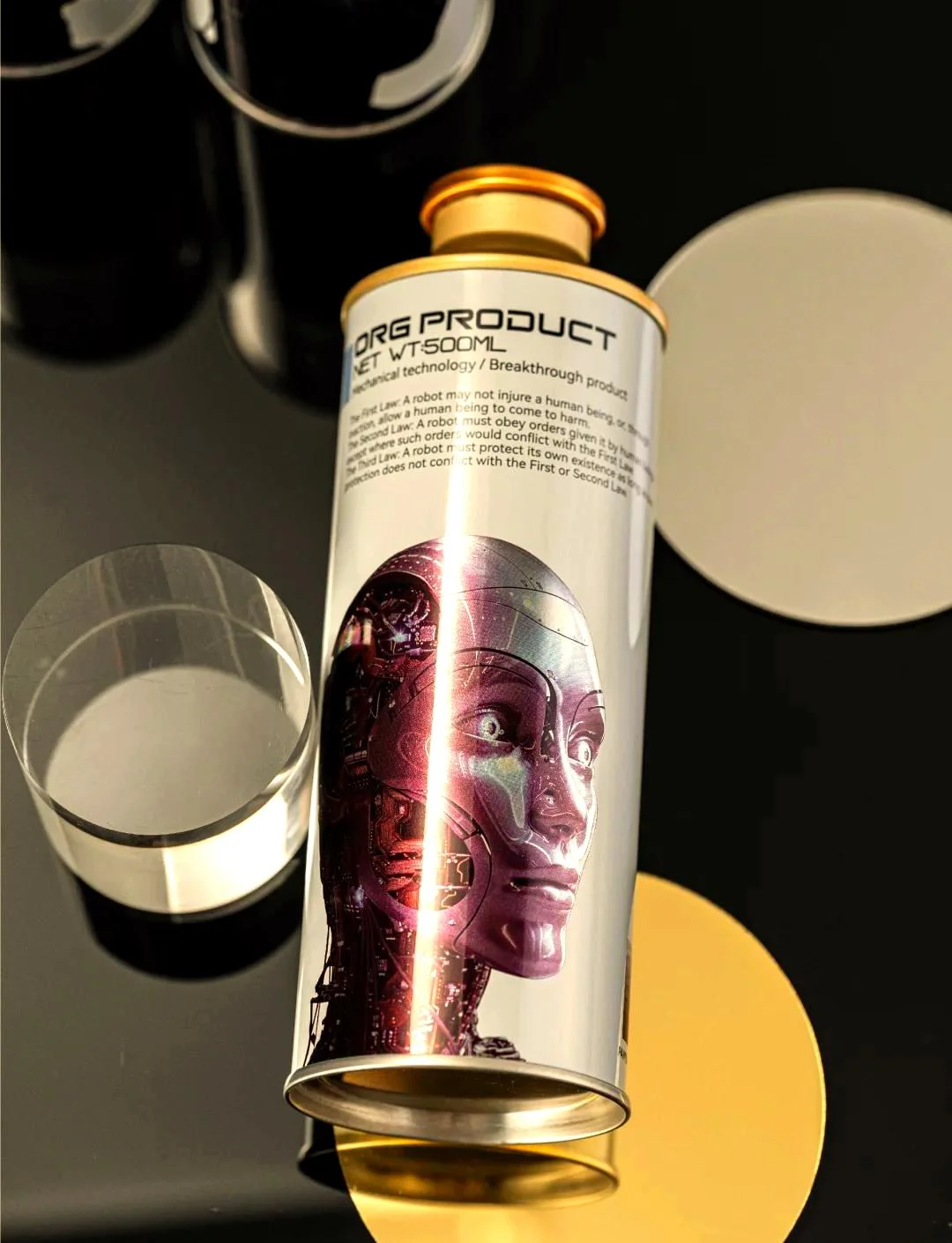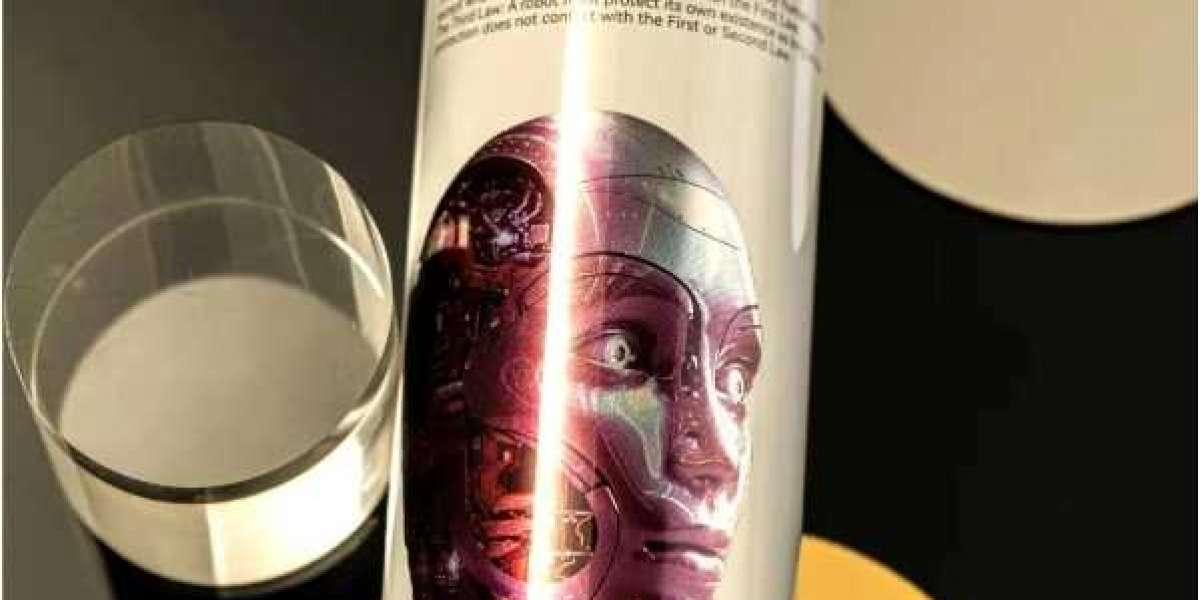1. What is Laminated Steel?
Laminated Steel is a composite material formed by bonding a printed plastic film to cold-rolled thin steel sheets through either heat or adhesive methods. This advanced process replaces traditional printing on tinplate (tin-coated steel) or chromium-coated steel.

2. High-Temperature Melt Laminated Steel vs. Low-Temperature Adhesive Laminated Steel
High-Temperature Melt Laminated Steel:
Process: The steel is preheated to high temperatures, causing the film to melt partially and bond directly to the steel surface.
Applications: Mainly used in food and beverage packaging, such as food cans, two-piece cans (DRD), aerosol cans, and the tops and bottoms of chemical cans. This type of laminated steel does not require glue or internal coatings, enhancing food safety by eliminating the need for additional chemicals.
Low-Temperature Adhesive Laminated Steel:
Process: A glue is used to bond the film to the steel at low temperatures.
Performance: This type of laminated steel offers weaker adhesion and lower corrosion resistance. Products made with low-temperature adhesive laminated steel are only suitable for chemical cans and lower-end cans. It is not recommended for food cans, aerosol cans, or two-piece cans.

3. Raw Materials and Structure
Film Material:
Laminated steel typically uses multi-layer polyester composite films, usually around 20-25 microns thick. These films provide an almost complete barrier against corrosive substances. While bare laminated steel (cold-rolled thin steel) could theoretically be used as the substrate, it is prone to rust at the weld seams, and its adhesion is insufficient. As a result, chromium-coated steel (TFS) is commonly used. TFS has a hydrated oxide film on its surface that enables hydrogen bonding with the organic film, ensuring strong adhesion.
Core Technology:
The development of the polymer film is central to laminated steel technology. The film must possess thermoplastic properties and be compatible with the physical and chemical characteristics of various canned products. This ensures effective barrier properties between the steel and the contents, while also preserving food flavor, maintaining color, and withstanding high-temperature sterilization processes, friction, and deformation during can forming.
Common Films:
Common films for laminated steel include PP, PET, PC, and PE. PET film is the most widely used due to its excellent performance in formability, sterilizability, hardness, and abrasion resistance. It can also be specially treated for printing.
Film Types:
PET polyester films used in laminated steel come in various finishes, including white, transparent, gold, and laser-treated. The film type is chosen based on the specific application, such as deep drawing, general chemical cans, or food cans.
Structure:
Laminated steel used for can production consists of inner and outer walls, each with two layers of film. The inner layer of the outer wall protects against scratches and allows for printing, while the outer layer of the inner wall provides a corrosion-resistant barrier. The inner layer of the inner wall bonds with the chromium-coated steel to enhance adhesion and resistance to corrosion.
The Ultimate Guide To Two-Piece Cans: Everything You Need To Know








